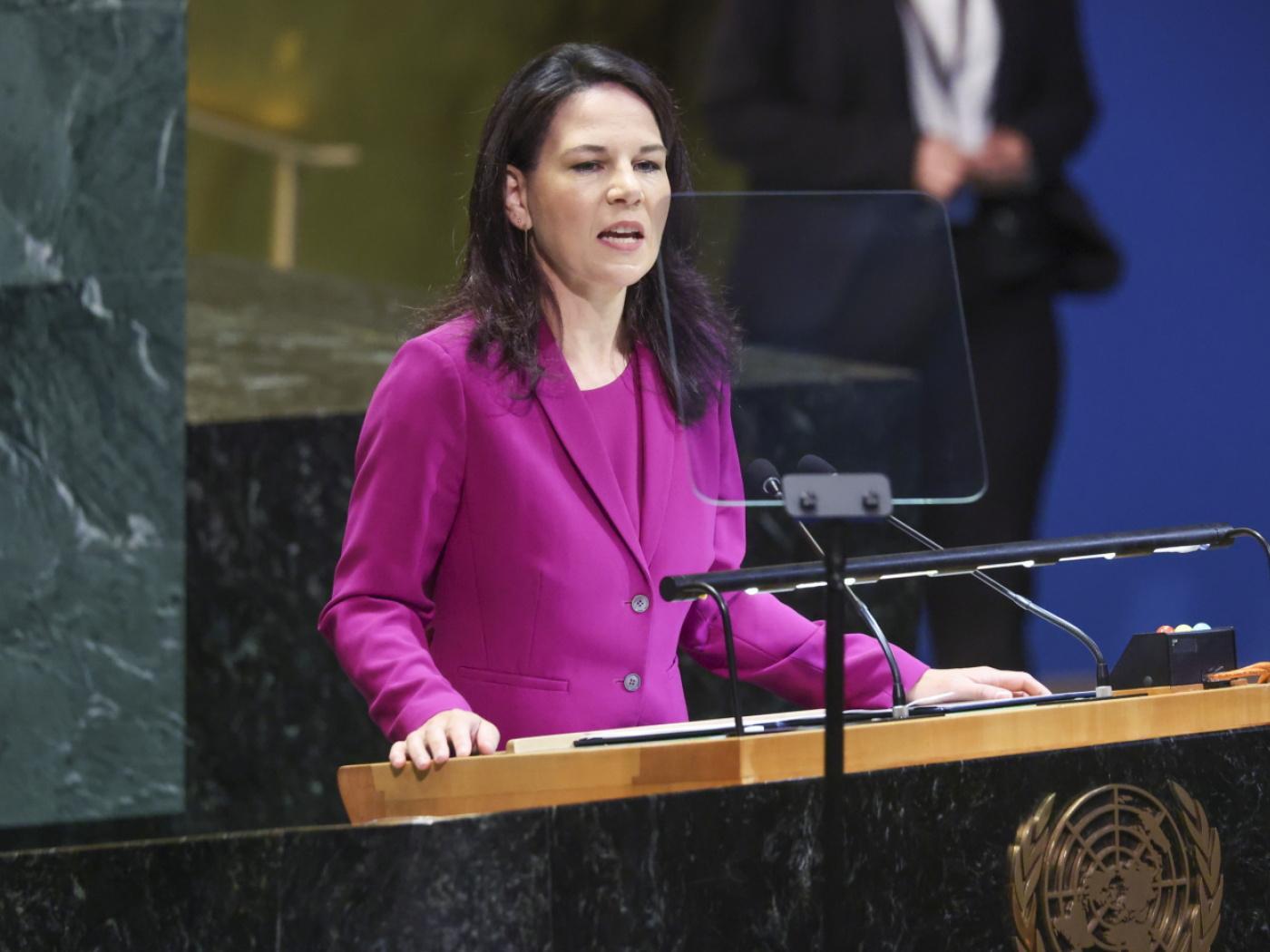 The capital asset pricing model (CAPM) is an important investment model that describes how investors expect to be compensated for the time value of money and risk. The more risk you take, the more you want to be compensated. The formula is expressed as follows:
The capital asset pricing model (CAPM) is an important investment model that describes how investors expect to be compensated for the time value of money and risk. The more risk you take, the more you want to be compensated. The formula is expressed as follows:
(A) Re = Rf + Beta * (Rm – Rf),
where Rf is risk-free return, Rm is the market return, and Beta is a risk element.
A pure risk-free rate of return does not exist. Any government could print money and “safely” return money. However, in that case, you probably get money with less purchasing power back. For that purchasing loss, a lender wants to be compensated.
In Human Action, Ludwig von Mises explains that an investor’s required return (Rr) consists of the originary interest rate (Ro), a compensation for the risk (Rrisk), and a compensation for an expected increase in the price level (Pe). The formula is as follows:
(B) Rr = Ro + Rrisk + Pe.
This required return applies to equities as well as bonds. Because equities are riskier than bonds, equities will have a higher risk premium.
Murray N. Rothbard explains that the production structure is an essential part of the time market. The originary interest rate, as determined in the time market, is reflected in the production structure’s slope. The actual slope and actual investment return is the ratio of the future selling price (future revenue) compared to the current buying price (current costs).
In this article, I explain why formula B is relevant for investors and in discussing impact investing.
Society’s Profit
People are living in a society because together we can achieve more than on our own. The benefits of living and working together are what I call society’s profit.
The only way to improve people’s situation in society is to invest time and resources properly. Any investment is meant to have a positive impact and to improve people´s situation in the future. As an investor, you will get the investment return, but you will also benefit from the investment’s impact, whether that’s a better product, a cheaper product, or a production process with less pollution. This investment will therefore also have a positive impact on other people in society.
Three groups are involved in investment: investors, entrepreneurs, and consumers.
The investor requires compensation for making money available (per formula B). The entrepreneur requires a profit for adding value to the items or services bought, by buying cheaply, and selling more expensively over time.
The consumers also require a profit. It would be unacceptable for the investor and the entrepreneur to benefit exclusively, thanks to the consumers.
Suppose there is no growth in the money supply. With the investor and the entrepreneur having realized a return, there is by definition less money for the rest of society. The people have less money left but are now in possession of a product or service that has improved their lives. They have realized a profit as well.
Without a leap in products or services’ quality, falling prices are beneficial for consumers. If the price decline were sufficiently large, people’s purchasing power would go up. An ongoing general decline goods prices is a form of social profit.
Consuming more can mean many things. If people’s purchasing power stays the same, but people only need to work three days a week instead of five days, people may still feel better off. The real purchasing power is important. What is ultimately important is for people to improve their situation subjectively.
Nominal versus Real and Impact Investing
The Pe in formula B is the lost purchasing power due price increases. Would an investor accept a lower nominal return if prices were to go down instead? I think so, but the Pe will be different for each investor, as not all investors have the same basket of consumption goods. Also, the nominal required return is always positive. A person always prefers a good (or money) now, rather than in the uncertain future. A negative nominal return will not be accepted, even if consumer prices are falling steeply.
In CAPM, only investors’ nominal returns matter, not their price impact. Investors in Europe are debating impact investing these days with the idea that an investment should generate a financial return and also a nonfinancial return, such as increased quality of life or a lower CO2 footprint.
From an Austrian economics viewpoint, such discussion is superfluous. Any investment is meant to improve people’s situation. If an investment has no positive impact, consumers will not buy its fruits. Prices’ signaling function will guide investors and entrepreneurs to offer consumers’ most preferred products and services, those they are willing to pay for. Meeting those demands will improve people’s situation.
Any price decline is as much a benefit to the investor as to the entire society. Not all investments will have the same impact on prices. Generally speaking, the more money is invested in the production structure, the more downward pressure there will be on prices. The price impact of corporate bonds is higher than that of government bonds, as companies are in general better equipped to invest money properly.
In foreign investment, money is invested in the foreign production structure. This will place downward pressure on foreign product prices. If these products are meant for the foreign market only, the investor will not benefit from this price impact and will only realize a nominal return. If the products and services are meant for the export market, including the investor’s market, there is a small additional benefit to be realized.
Conclusion
Investors should consider their investments’ price impact. What matters to people is a real improvement in their situation. Taking into account investments’ price impact could change investment allocations.
If prices go down, people’s purchasing power will improve. Lower prices are a form of profit to people in society and a way for everyone to benefit from working and living together.
Full story here Are you the author? Previous post See more for Next postTags: Featured,newsletter























